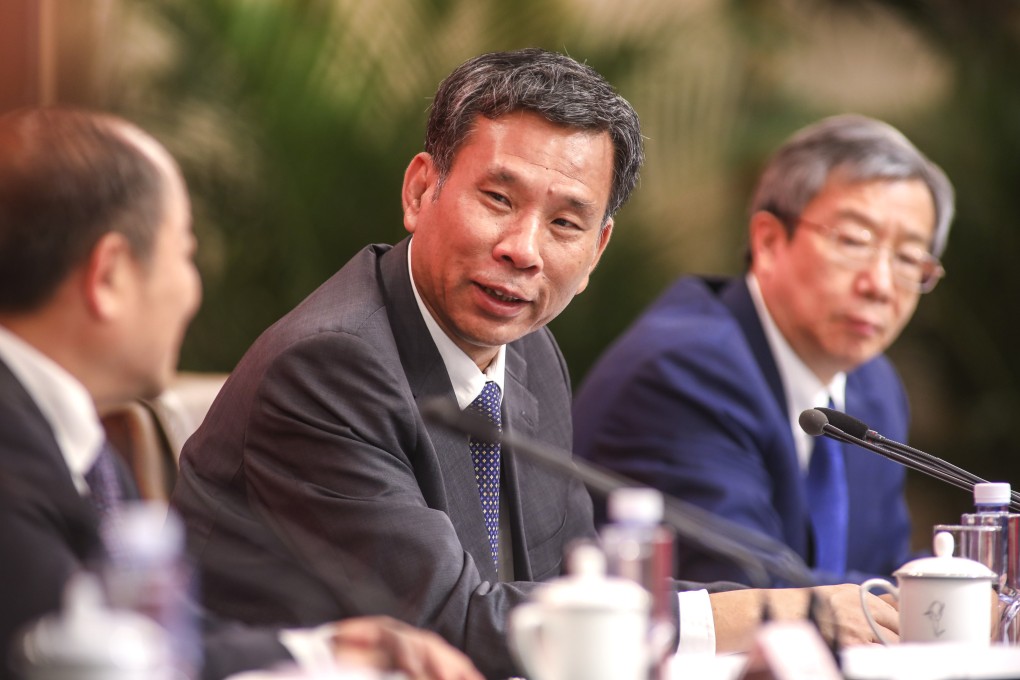China plans bigger tax, fee cuts in 2022 to prop up slowing economic growth
- Tax fee cuts will be larger in 2022 than last year’s 1.1 trillion yuan (US$173.68 billion) in reductions, said Finance Minister Liu Kun
- Planned transfer payments to local governments will help largely offset the impact from tax and fee cuts on local governments’ revenues, he added

China will unveil bigger tax and fee cuts this year and step up payments to local governments to offset their hit to revenues, Finance Minister Liu Kun said on Tuesday, amid efforts to support a slowing economy.
Tax fee cuts will be larger in 2022 than last year’s 1.1 trillion yuan (US$173.68 billion) in reductions, Liu told a news conference without specifying the size of the planned cuts.
“This year, the central government will significantly increase the size of transfer payments, especially general transfer payments, and continue to favour regions with difficulties and underdeveloped areas,” Liu said.
Planned transfer payments to local governments will help largely offset the impact from tax and fee cuts on local governments’ revenues, he said, adding that such transfer payments topped 8 trillion yuan in 2021.